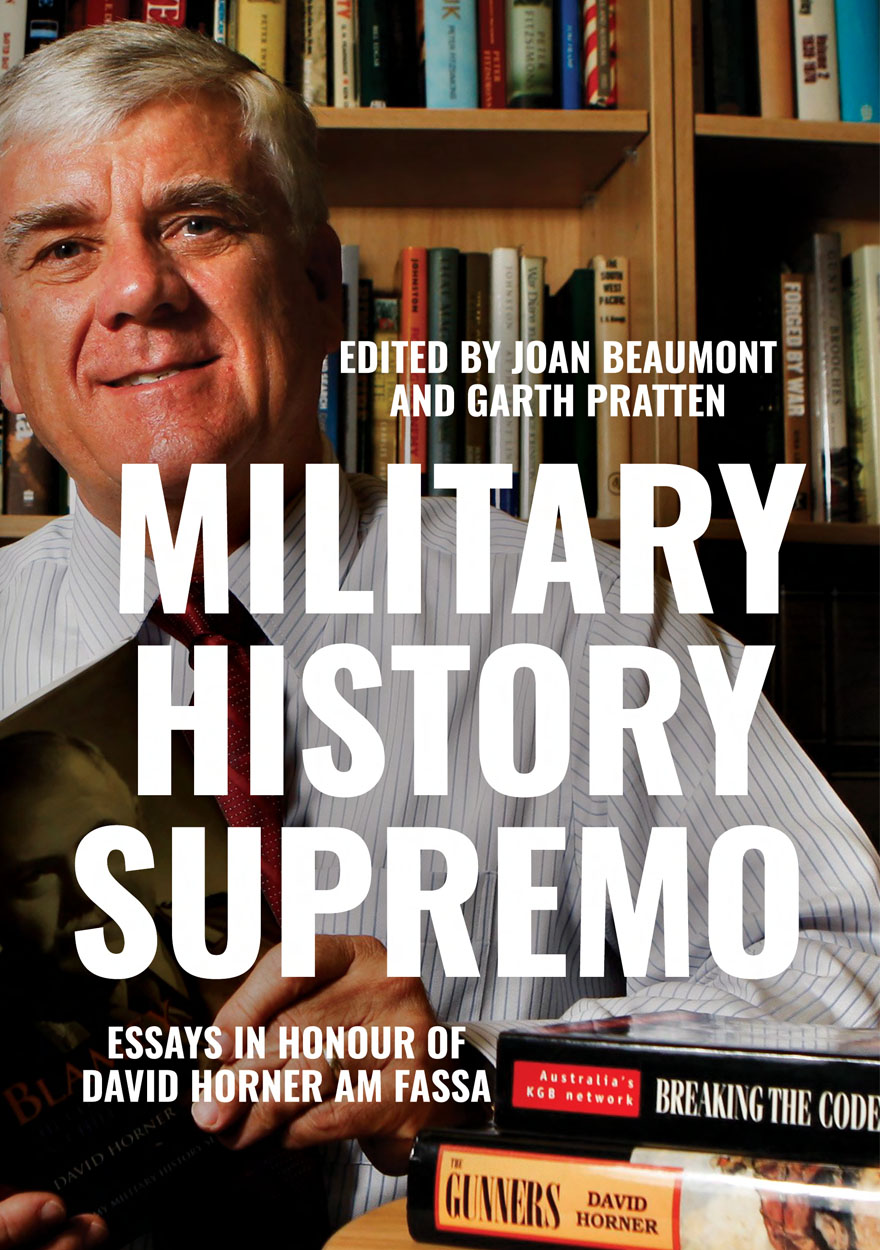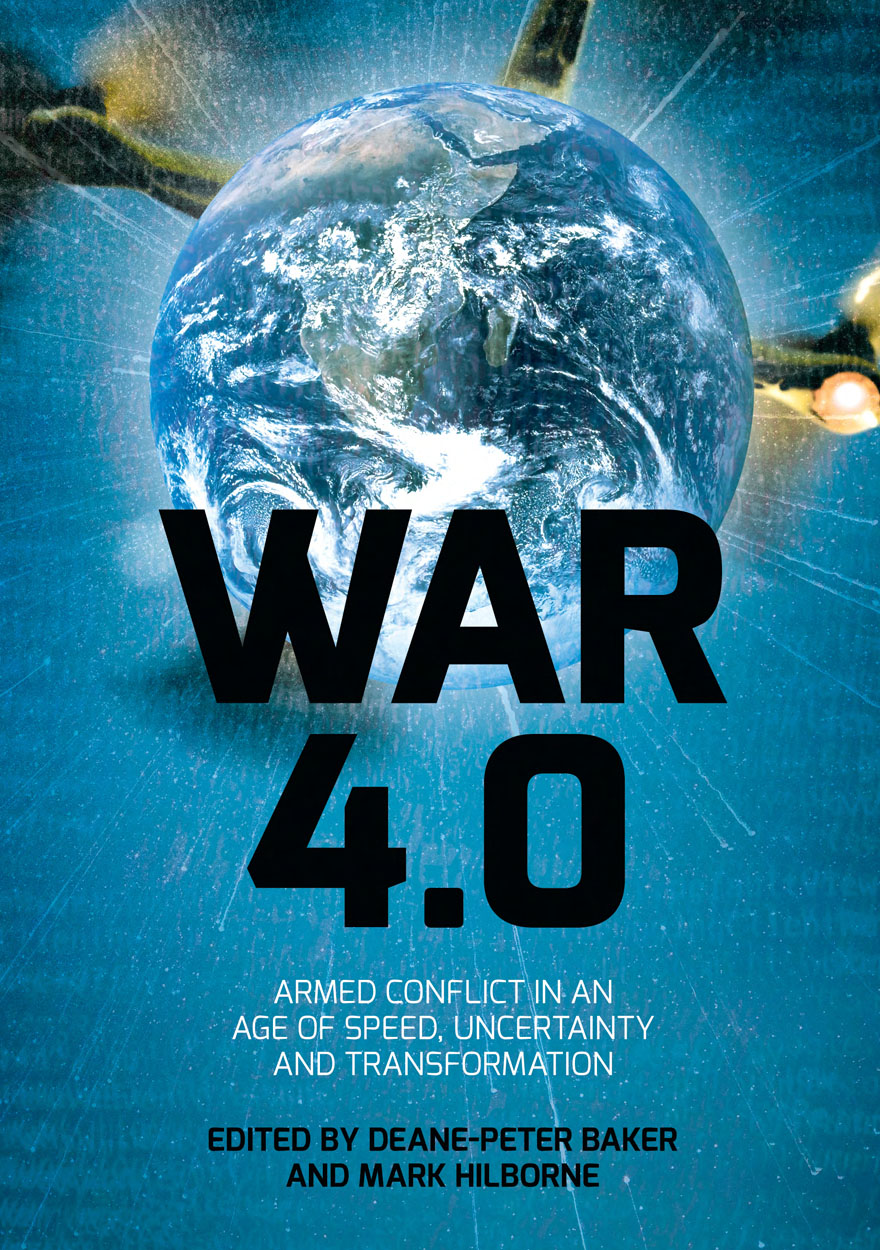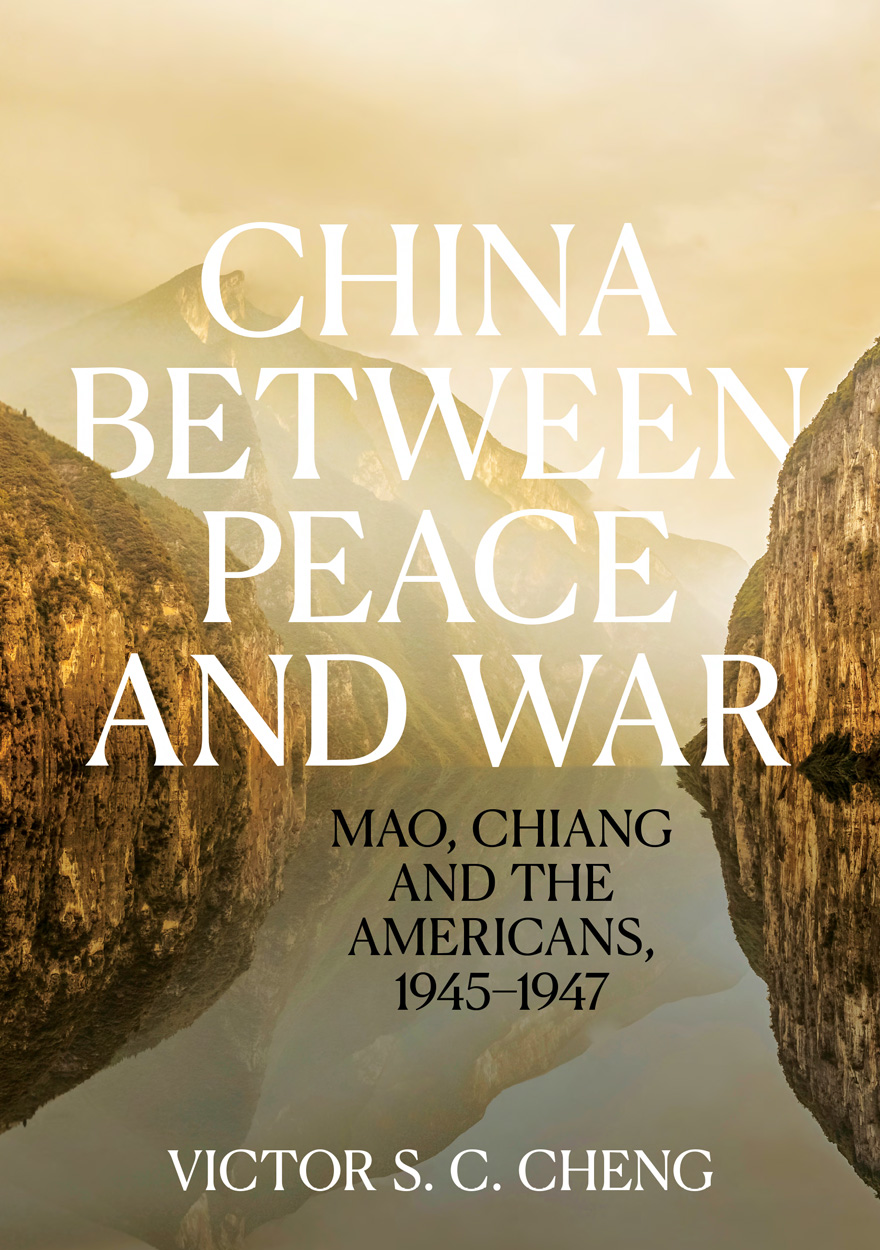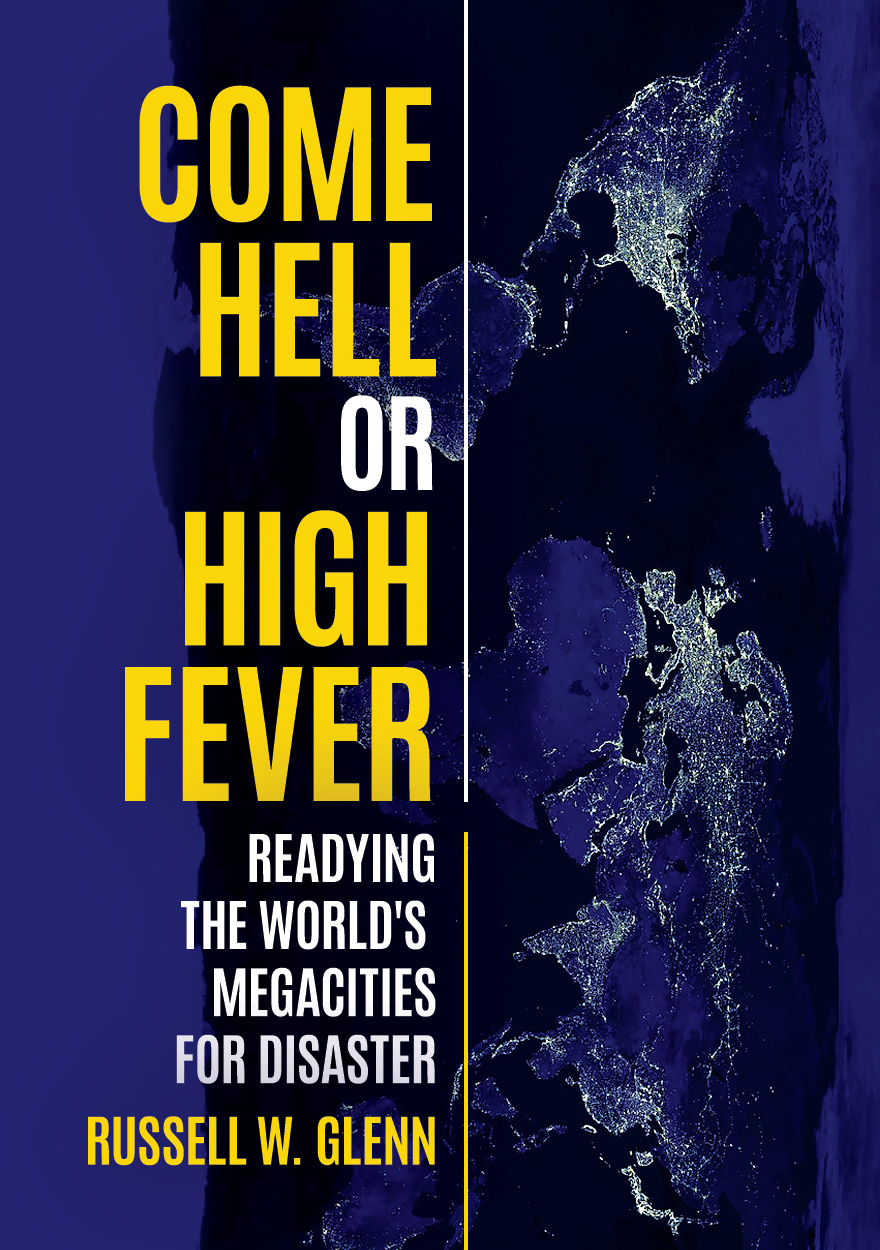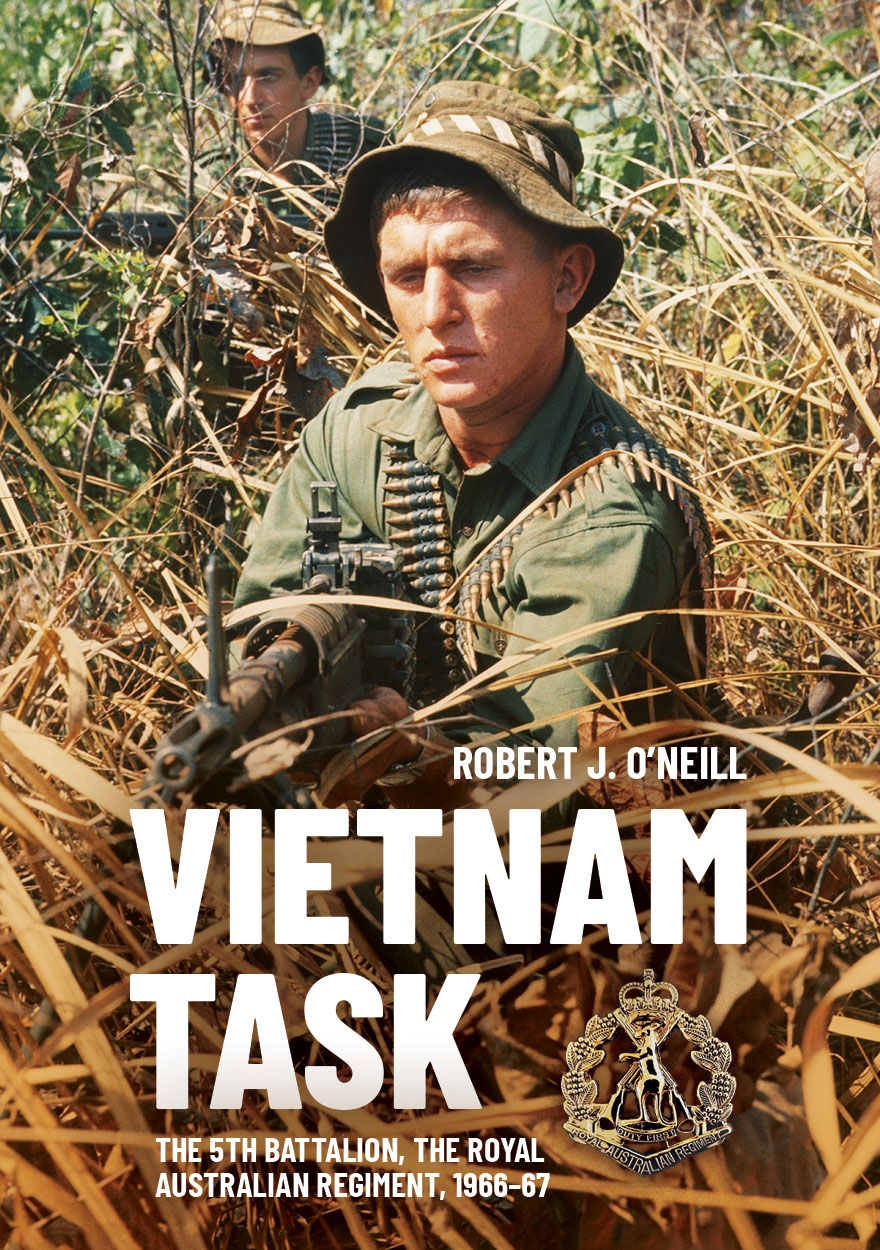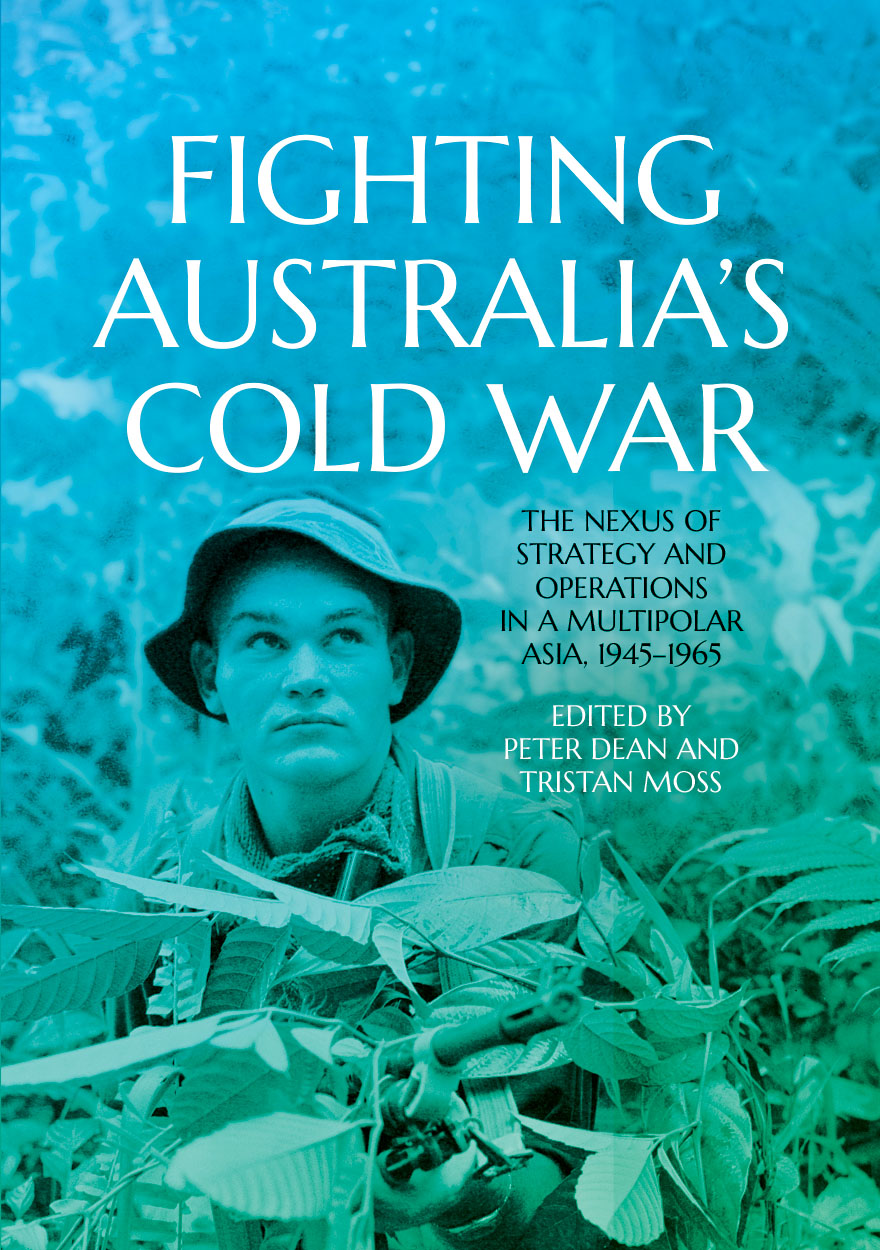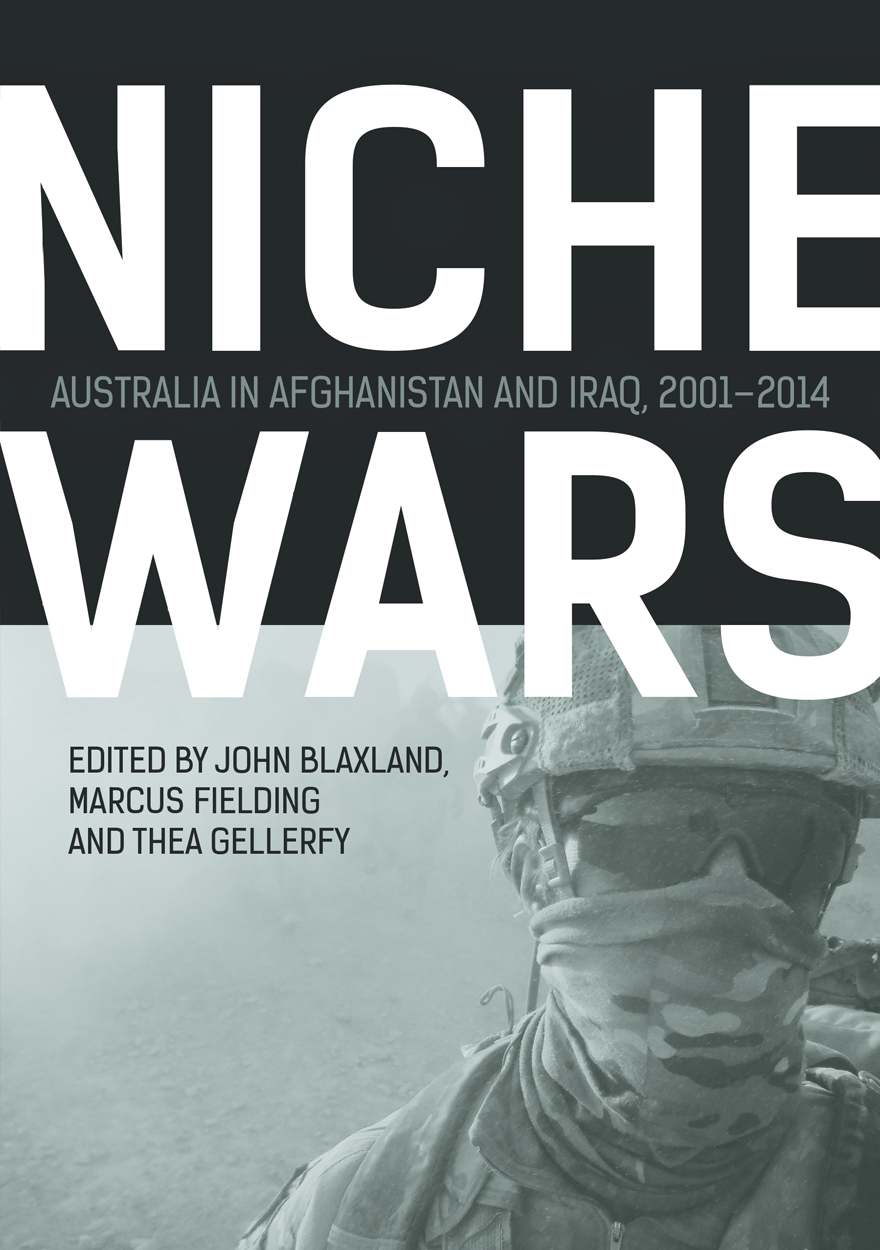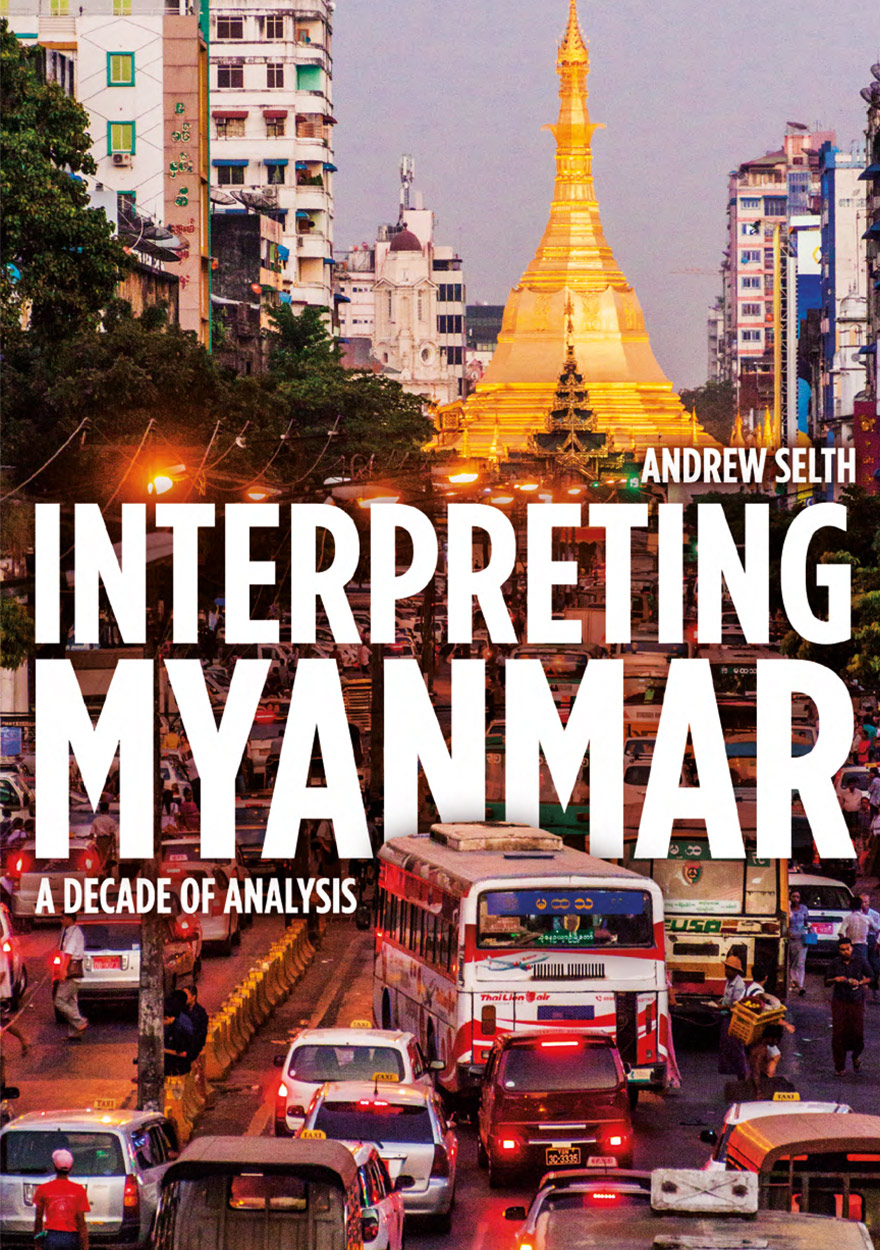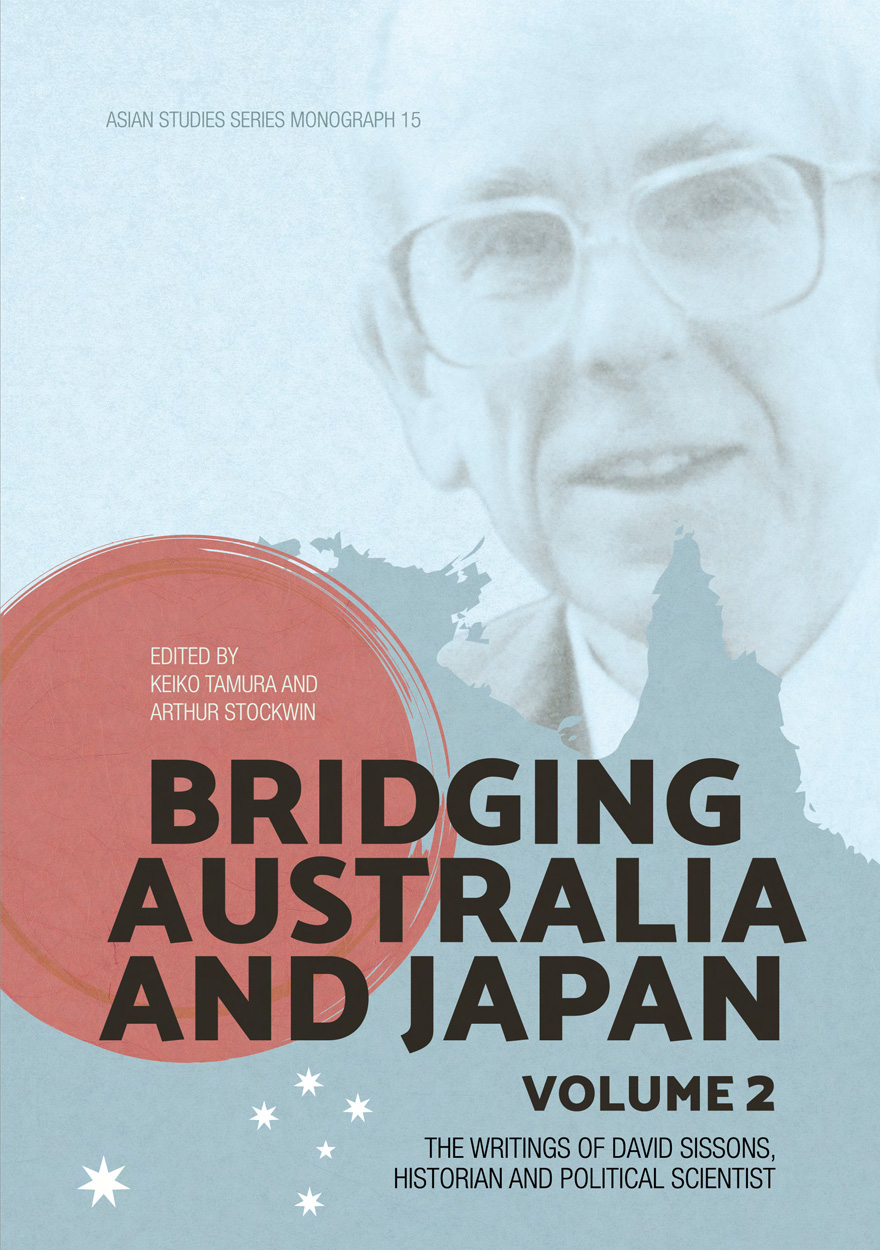
Alliances, Nuclear Weapons and Escalation
Managing Deterrence in the 21st Century
Edited by: Stephan FrühlingPlease read Conditions of use before downloading the formats.
Description
In an era of great power competition, the role of alliances in managing escalation of conflict has acquired renewed importance. Nuclear weapons remain the ultimate means for deterrence and controlling escalation, and are central to US alliances in Europe and the Indo-Pacific. However, allies themselves need to better prepare for managing escalation in an increasingly challenging geostrategic and technological environment for the US and its allies. While the challenge of great power competition is acute at both ends of Eurasia, adversary threats, geography and the institutional context of US alliances differ. This book brings together leading experts from Europe, Northeast Asia, the United States and Australia to focus on these challenges, identify commonalities and differences across regions, and pinpoint ways to collectively manage nuclear deterrence and potential escalation pathways in America’s 21st century alliances.
‘Nuclear weapons play an important role in deterrence and preventing military conflict between great powers, while also posing an existential threat to humanity. It is vital that we have a nuanced understanding of this important challenge, so that such weapons are never used. This book offers many important perspectives and makes a significant contribution to the overall debate about these powerful weapons.’
— The Hon Julie Bishop, Chancellor, The Australian National University, Former Foreign Minister of Australia
‘This timely book identifies a wide range of challenges US alliances both in the Indo-Pacific and Euro-Atlantic face as they seek to ensure the value of US extended deterrence, particular the US nuclear umbrella, against China and Russia. This unique collection of chapters written by experts in US allies in both regions presents widely varying security perceptions and priorities. To understand such differences is the key to globally strengthen the US alliance systems, which are a significant advantage Washington enjoys over the two competitors.’
— Yukio Satoh, former President of The Japan Institute of International Affairs (JIIA)
‘This is a timely and thoughtful collection of essays that should serve to jumpstart public discussion and debate—the absence of which is widely noted and much bemoaned. Each contributor examines an aspect of the complicated, multifaceted nuclear debate by discussing the range of dilemmas from deterrence to disarmament. The various views set out here are more relevant than ever as Russia, China and the United States flex their nuclear muscles in new and sometimes dangerous ways. This book should be read by anyone interested in the preventing the use of nuclear weapons and understanding complexities of alliances in an increasingly dangerous world.’
— Madelyn Creedon, former Principal Deputy Administrator of the US National Nuclear Security Administration and Assistant Secretary of Defense for Global Strategic Affairs
Details
- ISBN (print):
- 9781760464905
- ISBN (online):
- 9781760464912
- Publication date:
- Dec 2021
- Imprint:
- ANU Press
- DOI:
- http://doi.org/10.22459/ANWE.2021
- Disciplines:
- Social Sciences: Military & Defence Studies, Politics & International Studies
- Countries:
- East Asia; Europe; North America: United States
PDF Chapters
Alliances, Nuclear Weapons and Escalation »
Please read Conditions of use before downloading the formats.
If your web browser doesn't automatically open these files, please download a PDF reader application such as the free Adobe Acrobat Reader.
To copy a chapter DOI link, right-click (on a PC) or control+click (on a Mac) and then select ‘Copy link location’.
- Alliances, Nuclear Weapons and Escalation (PDF, 0.2MB) – Stephan Frühling and Andrew O’Neil doi
Part I: Alliances, Nuclear Deterrence and Strategic Stability in the Indo-Pacific
- US Defence Strategy and Alliances in the Indo-Pacific (PDF, 0.2MB) – Elbridge Colby doi
- Nuclear Deterrence and the US–China Strategic Relationship (PDF, 0.2MB) – Oriana Skylar Mastro doi
- US Allies and Nuclear Weapons Cooperation (PDF, 0.2MB) – Jeffrey Larsen doi
- The Future of Arms Control and Strategic Stability in the Indo-Pacific (PDF, 0.2MB) – Heather Williams doi
Part II: Political-Military Challenges in Alliance Planning for Escalation
- NATO: Ambiguity about Escalation in a Multinational Alliance (PDF, 0.2MB) – Sten Rynning doi
- South Korea: The Limits of Operational Integration (PDF, 0.2MB) – Seukhoon Paul Choi doi
- Japan: The Political Costs of Deterrence (PDF, 0.2MB) – Tomohiko Satake doi
- Australia: Maximising Discretion in an Untested Alliance (PDF, 0.2MB) – Brendan Sargeant doi
Part III: Nuclear Weapons and Non‑Nuclear Capabilities
- New Capabilities and Nuclear Deterrence in Europe (PDF, 0.2MB) – Łukasz Kulesa doi
- Nuclear Sharing and NATO as a ‘Nuclear Alliance’ (PDF, 0.2MB) – Alexander Mattelaer doi
- US Nuclear Weapons and US Alliances in North-East Asia (PDF, 0.2MB) – Michito Tsuruoka doi
- The Impact of New Capabilities on the Regional Deterrence Architecture in North-East Asia (PDF, 0.2MB) – Masashi Murano doi
- Australia’s Shrinking Advantages: How Technology Might Defeat Geography (PDF, 0.2MB) – Andrew Davies doi
Part IV: Bringing the Public Along: Talking about Nuclear Weapons and Deterrence
- Non-Nuclear Allies and Declaratory Policy: The NATO Experience (PDF, 0.2MB) – Michael Rühle doi
- Public Communication on Nuclear Deterrence and Disarmament: The Challenge for Australia (PDF, 0.2MB) – Tanya Ogilvie-White doi
- On ‘Campaigning’ for Nuclear Deterrence (PDF, 0.2MB) – Brad Roberts doi
Conclusions
- Managing Deterrence in the 21st Century (PDF, 0.2MB) – Stephan Frühling and Andrew O’Neil doi
Reviews
‘The edited volume, Alliances, nuclear weapons and escalation, makes a strong case for nuclear deterrence in the Indo-Pacific region. In the context of strategic competition between the US and China, the contributors highlight how alliances can play an active role in preventing nuclear escalation. With an impressive group of contributors—from Europe, the Indo-Pacific and the US—the book provides a comprehensive understanding of the regional security environment and offers lessons on how to manage nuclear deterrence collectively. In this context, the two books reviewed here are timely contributions and highly relevant for policy-makers navigating the dangerous and evolving security landscape of Europe and east Asia. Practitioners, scholars and students of nuclear strategy will find both books useful.’
— Saira Bano, International Affairs, Volume 98, Issue 4, July 2022, pp. 1463–65.
Other publications that may interest you




